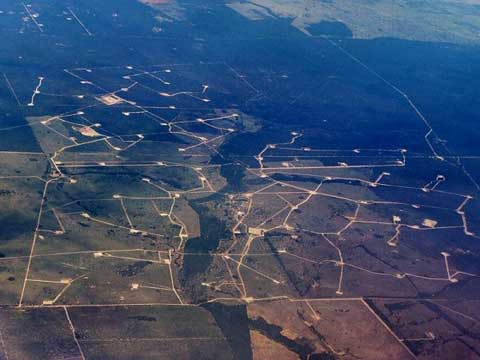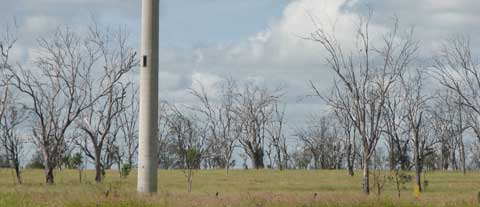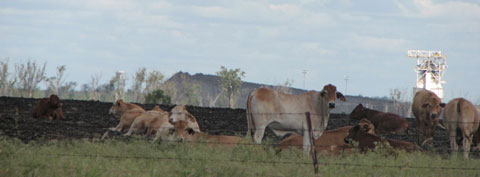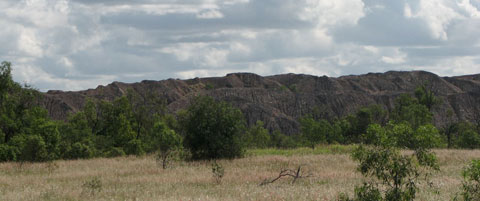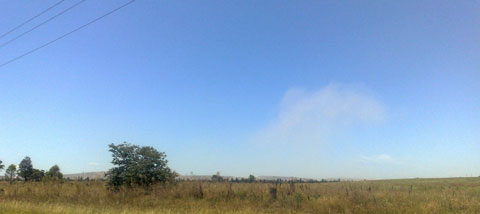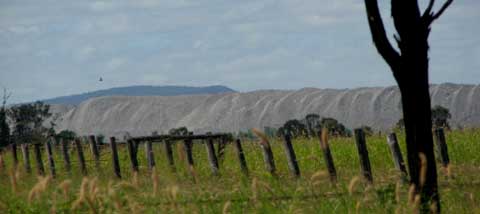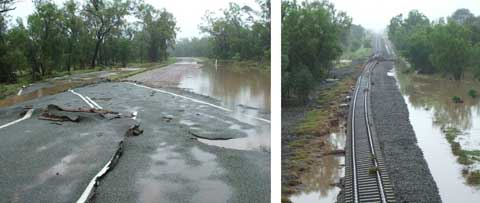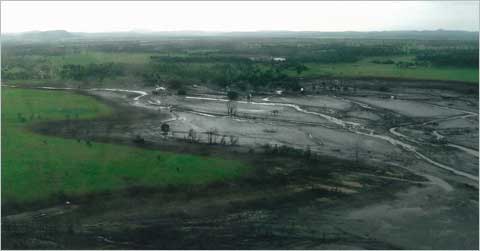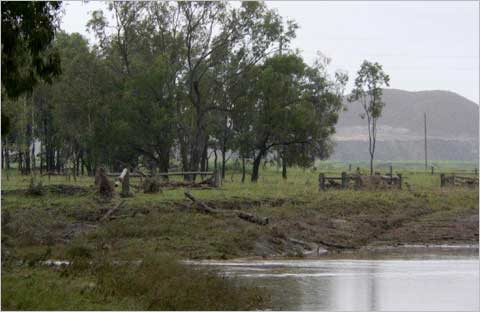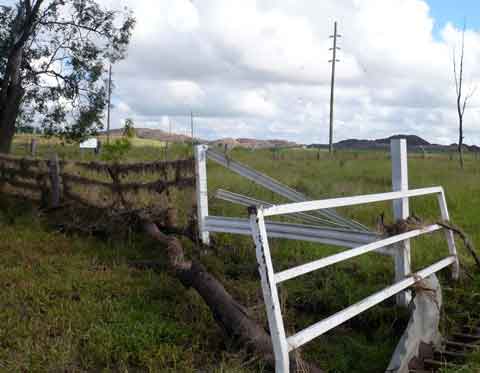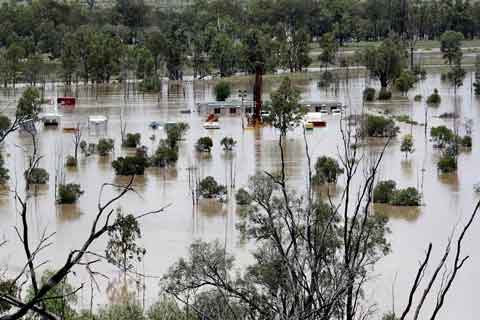In a loop of Glennies Creek sits the historic village of Camberwell: 56 houses, all but seven now owned by Ashton mine — which is Yancoal Australia, which is Chinese company Yanzhou.
Camberwell is on its last legs. As you can see from the map, the village is all but surrounded by opencut mines. The Ashton North mine is the closest, just 500 metres away. Life has become almost unbearable there, with the collective noise and dust.
The one aspect still unmined is to the south. Ashton wants to fix that with their Ashton South East Open Cut, immediately across the highway from the main part of the village.
Recently Planning recommended that the Planning Assessment Commisssion approve the mine.
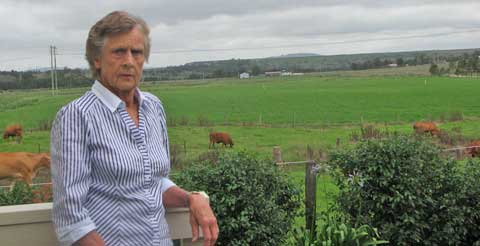
There’s a bit of a problem because half the pit site is veteran battler Wendy Bowman’s dairy farm. Beyond Wendy and her neat paddocks is mine-owned; you can pick it by the weeds and general air of abandonment. The trees and houses to the right is the village, just across the highway; the treeline to the left is Glennies Creek.
Wendy’s already been forced off the family farm once by a coal mine, at Rixs Creek. She has no intention of letting that happen again, partly because she is desperately worried about what the mine would do to Glennies Creek and its alluvial systems.
Not far south, that creek joins and virtually takes over from the polluted Hunter River, so all irrigators downstream, such as the lucerne-growers at Maitland and the vignerons at Pokolbin, would be affected.
Planning doesn’t say how Ashton should make her give in, but note the mine is not viable without that property and would not proceed. I shudder to think what tactics, what pressure, might come into play.
Wendy’s not alone in resisting the new mine; the local Wonnarua people are trying to stop the cultural damage it will do, asking the Land and Environment Court for a 500-metre wide buffer zones around Glennies Creek and Bowmans Creek.
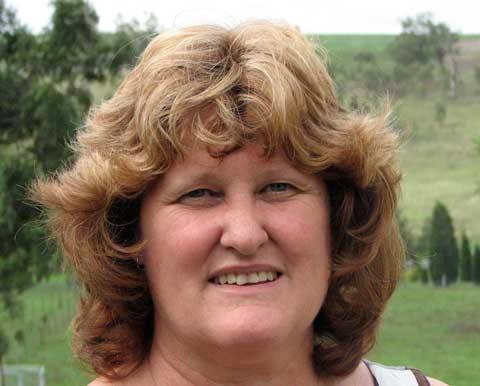
And there’s Deidre Oloffson, who’s been fighting for her village and the right to health of its residents ever since 2002, when Ashton began digging away the back of the hill beside the village. That hill, behind her, used to be the village Common, but the Planning Minister took it away in 2010 for Ashton to use.
Coincidentally, White Mining, related to Ashton, then applied for an exploration lease over it. Since the Camberwell Common Trust is no longer recognised, Deidre is to fight the government and both miners in the Land and Environment Court, on behalf of the residents, to get their Common back.
She has said all along that this Ashton South East Open Cut will be the final deathblow for Camberwell.
What did Planning suggest to square the mine approval with their conscience?
The seven remaining Camberwell landowners could ask to be bought out if the increased noise and dust got too bad — which it already had and which option they have been refusing — or they could ask to be relocated for the seven years of the mine’s operation. In other words, get out of our way.
Ashton’s tenants have to be warned of the risks, could ask to be relocated too, and everyone had to be given copies of the NSW health fact sheet ‘Mine Dust and You’. Does this absolve Planning and Ashton of blame?
The Planning Assessment Commission is coming to the area for a public hearing, 9 a.m., 6th September, at Glennies Creek Hall. People can have a say there if they register before 31st August with Megan Webb on (02) 9383 2113 or by email.
For details go here and look at the recommendations to the PAC.
All support will be appreciated by the battlers of Camberwell.
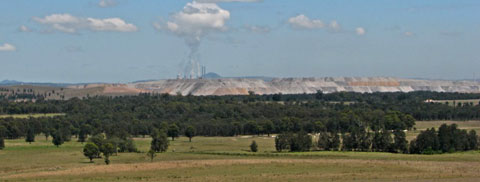
Glennies Creek Hall is on Middle Falbrook Road, reached from Glennies Creek Road off the New England Highway. On the way you get some lovely views back over Camberwell’s surrounding rural environment…
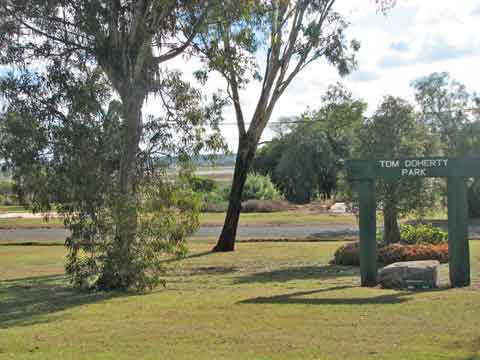

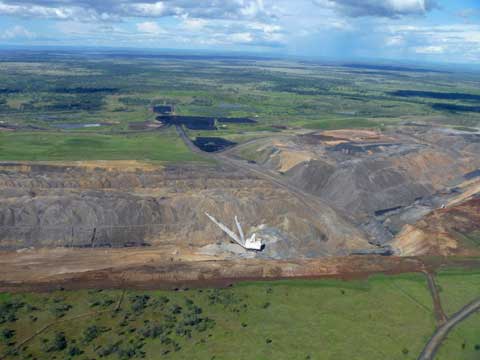
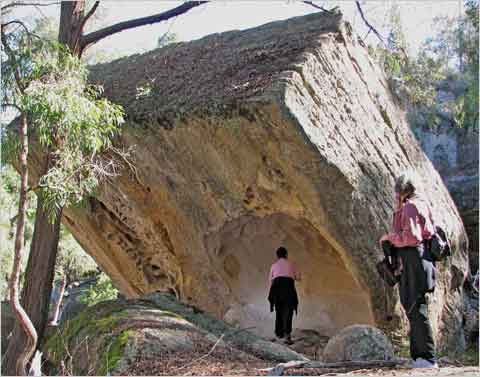
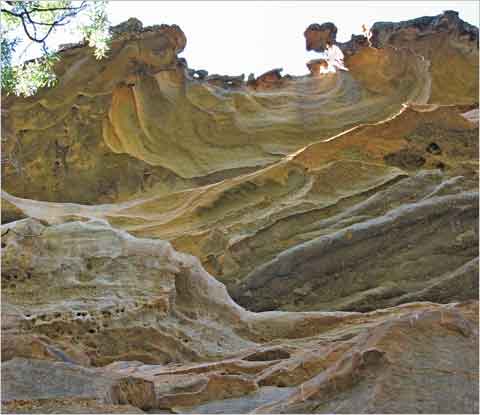
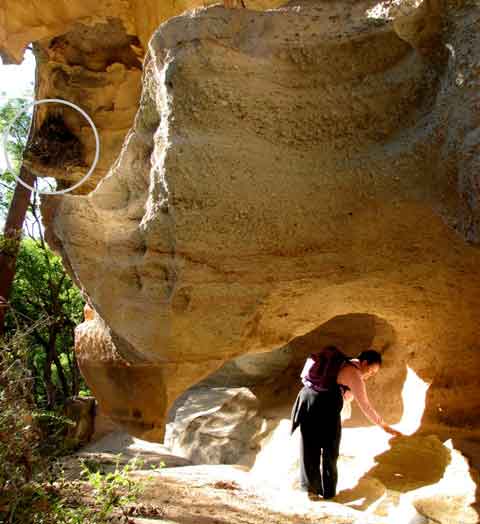
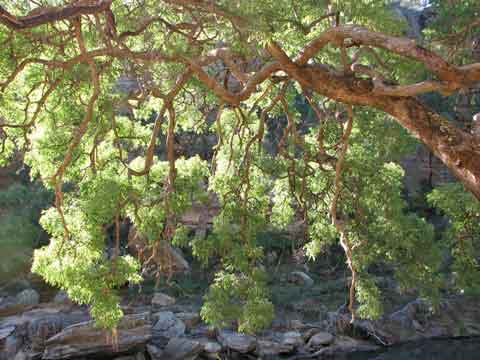

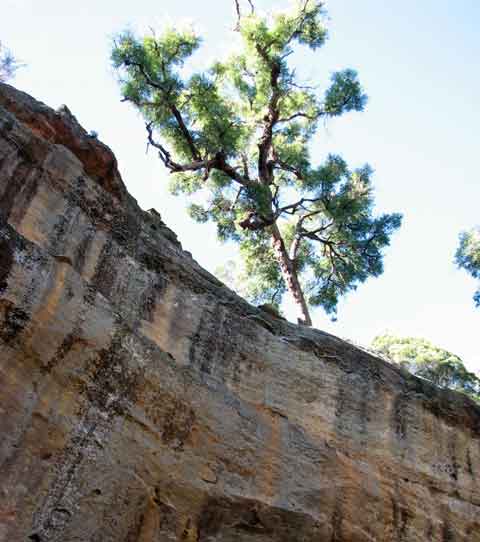
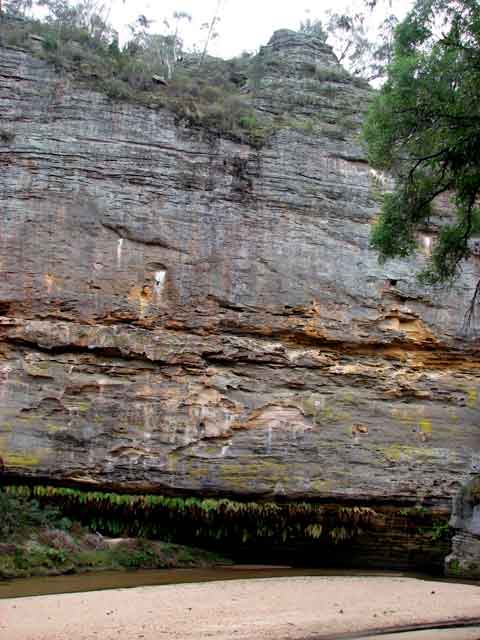
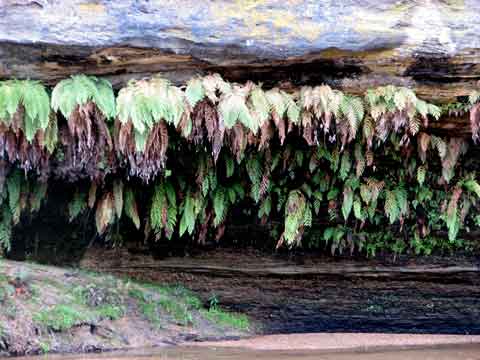
 As the gas leaks and bubbles, and the contaminants creep into the falling water sources and the salt accumulates, as people itch at strange rashes, hold their heads with strange aches, or their stomachs with strange nausea attacks, and worry if they are drinking cancer-causing chemicals from the fracturing process or breathing them in from the gas flares — the coal seam gas (CSG) industry continues to advance across Australia. Gasland is here. This is Angus Bretherick, 6, with the rash his family say was caused by their local coal seam gas industry. Angus lives at Tara, hotspot of the Queensland methane push, and where residents had been complaining since 2008 about leaking gas wells and the dumping of CSG water on roads. (Photo: Courier-Mail 21.10.2010)
As the gas leaks and bubbles, and the contaminants creep into the falling water sources and the salt accumulates, as people itch at strange rashes, hold their heads with strange aches, or their stomachs with strange nausea attacks, and worry if they are drinking cancer-causing chemicals from the fracturing process or breathing them in from the gas flares — the coal seam gas (CSG) industry continues to advance across Australia. Gasland is here. This is Angus Bretherick, 6, with the rash his family say was caused by their local coal seam gas industry. Angus lives at Tara, hotspot of the Queensland methane push, and where residents had been complaining since 2008 about leaking gas wells and the dumping of CSG water on roads. (Photo: Courier-Mail 21.10.2010)